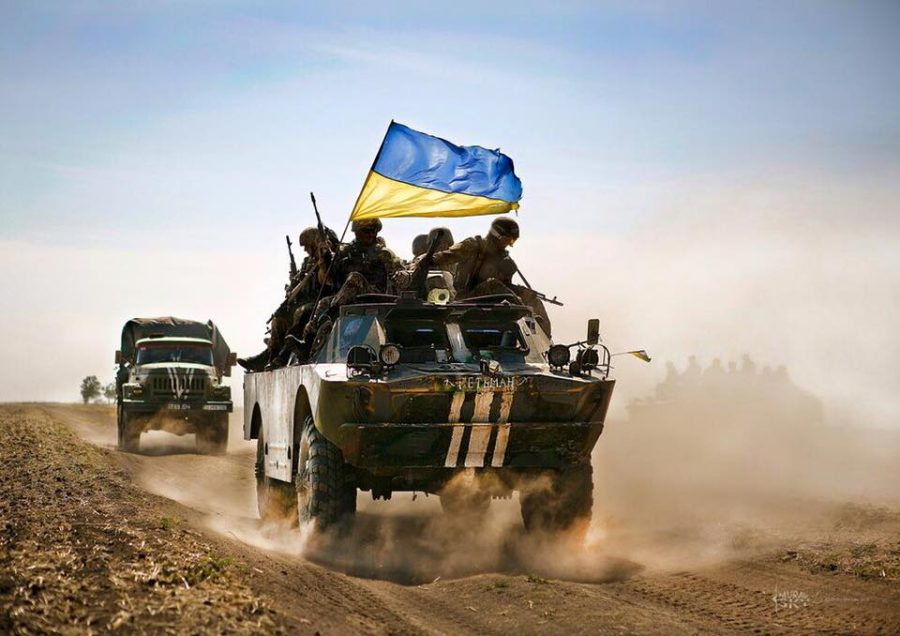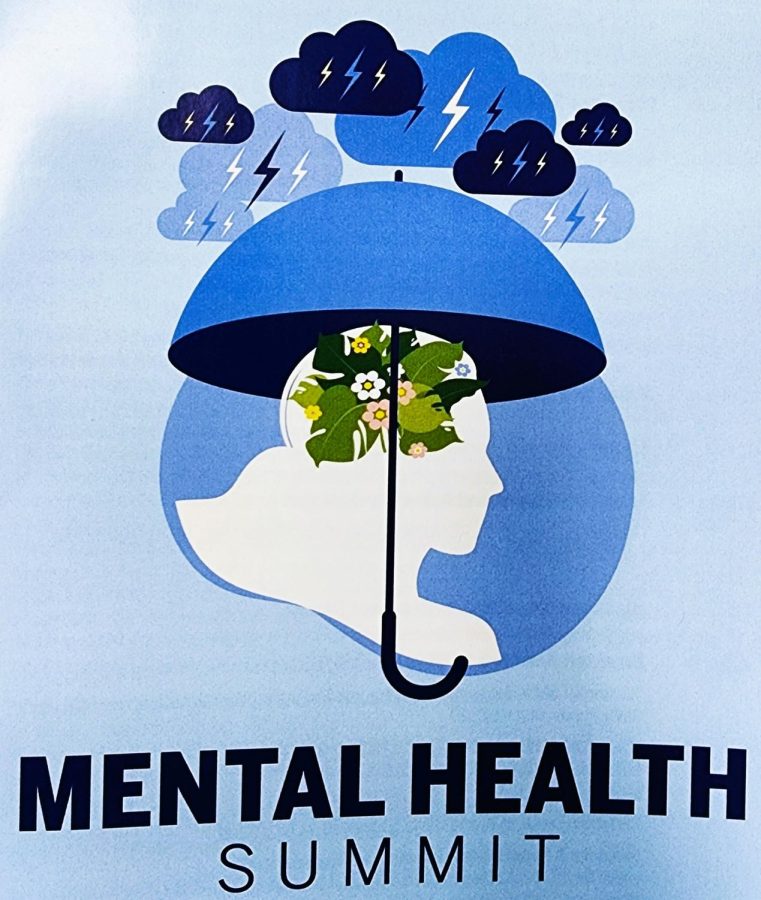 For the first time since 2004, the Student Activity Fee took a significant drop, with 11 percent of the budget being cut from the total amount.
For the first time since 2004, the Student Activity Fee took a significant drop, with 11 percent of the budget being cut from the total amount.
The SAF is a fee all students must pay and is determined per credit hour for up to 12 credit hours. This year, the budget for the SAF totaled $742,852 compared to last year’s $828,452 — a more than $85,000 difference.
Anne Skuce, interim vice chancellor of Student Affairs, said the decrease was due to not only low enrollment rates in the spring, but also the discount on summer tuition this year.
“We were told they were going to reduce the tuition for the summer, and when they did that, this campus took a hit on tuition dollars,” Skuce said. “Because it’s a percentage, it also decreased the amount of money we had in Student Activity Fees.”
The SAF is determined through the Student Life Committee, which is composed of four faculty, two or three staff members and eight students.
In order for an account to receive funding, they must submit a budget proposal, which includes expenses from the year, what was spent and what they plan on spending. The committee also meets with each of the groups during the spring to discuss the budget proposal before allocating the funding and sending out an approved budget for the year.
The SAF supports many organizations at IU Southeast, including the Graduate Research Journal, the Student Program Council and Family and Parent Programs.
Of the various accounts, only two did not receive cuts in their budgets — Athletics and the Children’s Center. While all of the individual teams received drops in funding, Athletics was approved for almost 24 percent of the budget. The Children’s Center received more than 17 percent.
Skuce said the Athletics increase was based on the IU salary policy, which requires IU Southeast to raise all professional staff salaries to certain set levels.
Joe Glover, athletic director, said the Athletic account includes coaches’ salaries, work studies for students and an athletic training contract.
Glover said he is thankful for the funding the Student Life Committee granted to Athletics this year, but the teams will have to do more fundraising in order to meet their budgets.
“Of course, we would all love not to receive any cuts, but we just kind of have to dig down together and come up with creative new ways of operating,” he said. “Once we do that, we’ll all make it, we’ll all get together and make things the best we can for our students.”
Glover also said he has not come across much questioning over the increase in the Athletic budget.
“I think we’re trying to do as much as we can to give back and to make people feel a part of the campus, and I think we play a really pivotal role in shaping the campus community,” Glover said.
Due to the Children’s Center seeking approval of a license, money also had to be directed to this account in order to complete requirements to apply for the license.
“Those were the first things we knew we had to do, and then after that we kind of listed out the programs,” Skuce said. “Based on how much they spent the prior year and what their needs were, we really had to look at each group and see what they were using the money for and see how we could cut without really making a huge impact.”
Because there was an excess amount in the SAF from the previous year, Skuce said she received a lot of surprise about the cuts.
“That budget committee meeting — when we did the deliberations — was probably one of the most difficult meetings I’ve ever been in because it was so hard,” she said. “Everyone who came to talk to us had a really good case, and we wanted to fund everybody because everyone is doing great things with the money we are giving them.”
Skuce also said there could potentially be another drop in the SAF again due to a decrease in enrollment for the fall 2012 semester.
Victoria Bennett, political science and international studies senior and SGA president, said she believes the cuts are impacting the campus as a whole.
“If you’re looking at it from a student perspective and what we do here, I guess the money does have to come from somewhere. It’s just finding that even balance, so it doesn’t impact one spot more than the other,” Bennett said.
Organizations are still able to raise revenue through other means, such as fundraising, advertising and the availability of grants.
“While there’s nothing really that the institution can do, we can help the groups try to figure out creative ways to fund their programs,” Skuce said.
Due to the substantial drop in the SAF, Skuce said the campus has been striving to increase enrollment and maintain retention.
“A lot of our work this summer has been on student persistence and encouraging students to continue their education,” Skuce said. “The state funding model has changed for us for students who persist and graduate, so instead of getting the money in the front end like we used to, we’re getting it once the students complete.”
Bennett said, in order to increase student participation, there needs to be an increase in community involvement.
“It has to start with us,” Bennett said. “The more [students] see our name and our brand and that it’s the students doing it, not just the administration out there giving a speech, it makes a difference.”
Skuce said the toughest part of the decision ultimately came down to wanting the groups to continue to do good work, despite the cut.
“We didn’t just go slashing,” Skuce said. “We really thought about it, and it was just a really difficult process because we really believe in all the student groups, but we had to cut the budget. We just didn’t have the revenue.”
By CLAIRE MUNN
Senior Editor
clamunn@umail.iu.edu






